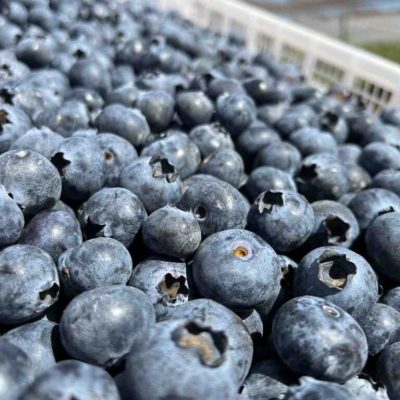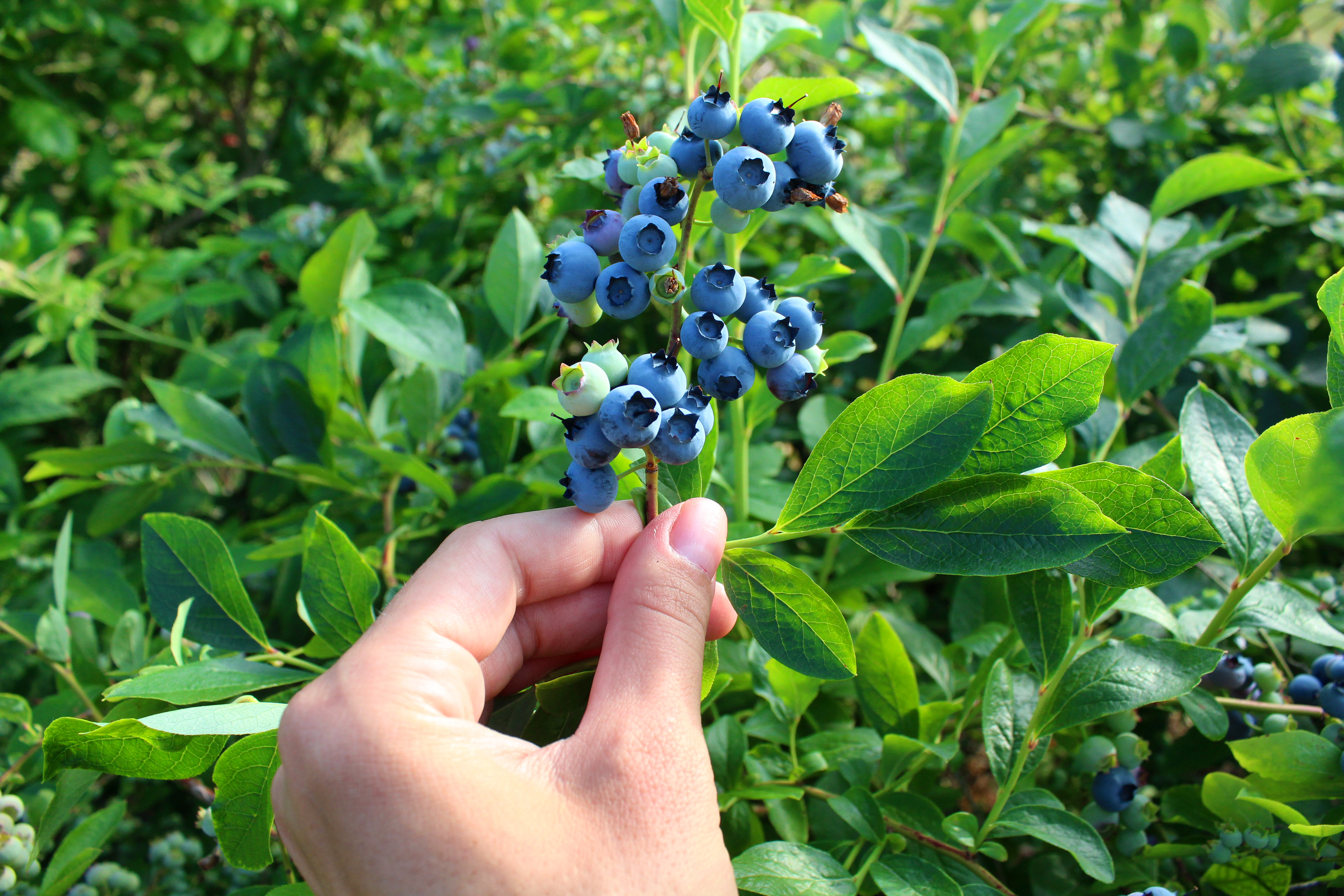Scientists complete genetic fingerprint of pest
A group of scientists has published the genome and accompanying sequence data for the spotted wing drosophila, a serious pest of berries and soft fruit.
The work, which included representatives from the University of California-Davis, and Oregon State University, is expected to speed research into better monitoring and more environmentally friendly control strategies for the invasive pest.
What sets the research apart is what amounts to the fly’s genetic fingerprint was recently posted on an open-access Web portal, making it available to scientists worldwide, according to a news release.
“Scientists from all over the world are interested in knowledge locked inside the fly’s genetic material,” Vaughn Walton, an Oregon State University entomologist, said in the release.
The spotted wing drosophila, a native of Asia, was first confirmed in the U.S. in 2008. It has since spread throughout much of the country.
Unlike most fruit flies that seek out rotting fruit on which to lay eggs, the spotted wing prefers fruit just nearing maturity in which to oviposit.
Once the eggs hatch, the larvae feed on the flesh, rending the fruit unmarketable.
Among its host crops are blueberries, cherries, raspberries and blackberries.
Photo: U.S. Department of Agriculture
The Packer






